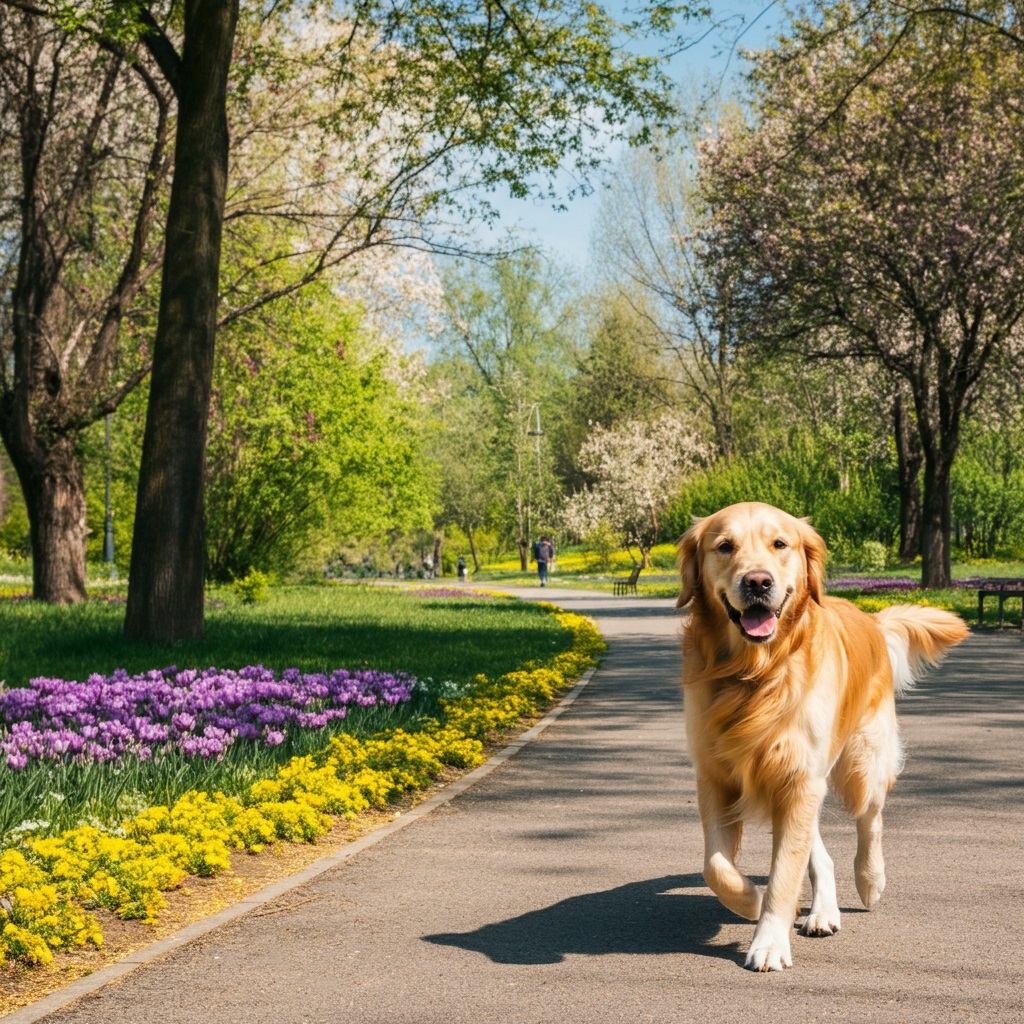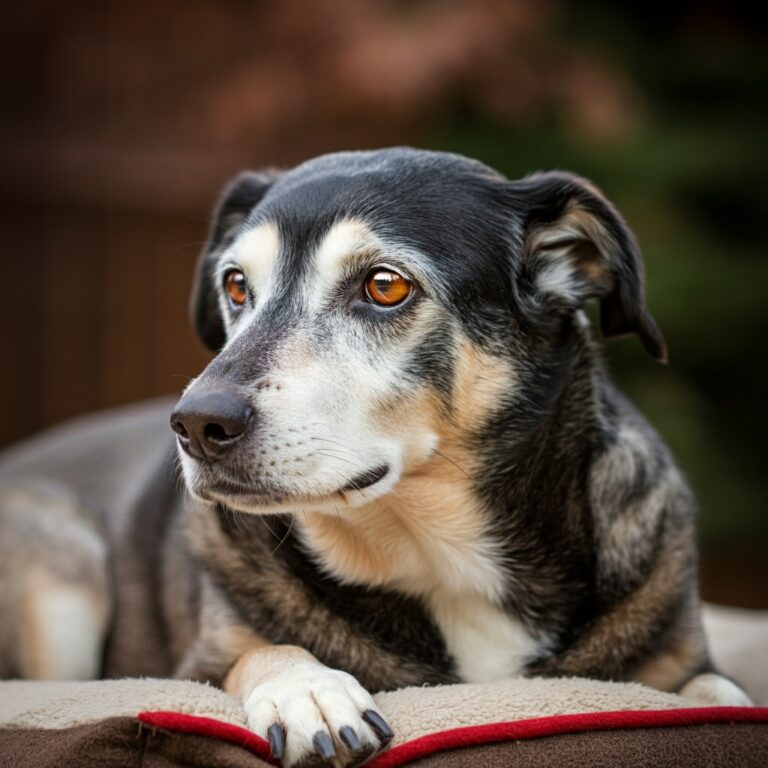
Every dog owner knows that dogs need daily walks—not just for bathroom breaks, but for exercise, mental stimulation, and bonding time with you. But how much walking is enough? The truth is, different breeds have different energy levels, exercise requirements, and tolerances for physical activity. Walking too little can lead to frustration and behavioral issues, while overdoing it may overly strain your dog.
This blog breaks down the ideal walking time for various dog breeds, so your furry companion stays happy, healthy, and well-exercised.
Why Does Walking Time Depend on Your Dog’s Breed?
Not all dogs are built the same. Factors like size, age, energy levels, and breed-specific traits play a big role in determining how long a walk should be.
For instance:
- High-energy breeds, like Border Collies or Australian Shepherds, require more physical and mental activities to stay content.
- Brachycephalic breeds (with short noses), like Bulldogs and Pugs, may struggle with exercise if overexerted due to their unique anatomy.
- Toy breeds, like Chihuahuas, often get the exercise they need from shorter walks, especially when done multiple times per day.
Walking time isn’t one-size-fits-all, so understanding your dog’s breed-specific needs is crucial to their well-being.
Recommended Walking Times Based on Breed Groups
1. Sporting Breeds
Sporting dogs, such as Retrievers, Spaniels, and Setters, were bred for active roles like hunting and retrieving. These breeds thrive on physical activity.
- Ideal walking time: 1–2 hours daily
- Examples:
- Labrador Retrievers
- Golden Retrievers
- Irish Setters
- Pro Tip: These breeds also benefit from playtime and tasks like fetch or swimming, which help burn off their energy.
2. Working Breeds
Working dogs, like Boxers and Rottweilers, are strong, focused, and love having tasks to accomplish. However, they don’t need constant strenuous activities to stay happy.
- Ideal walking time: 45 minutes–1.5 hours daily
- Examples:
- Siberian Huskies
- Boxers
- Newfoundlands
- Keep in Mind: Huskies, in particular, enjoy longer sessions in cooler weather due to their thick coats, while Newfoundlands may overheat more quickly.
3. Toy Breeds
Tiny but mighty, toy breeds often don’t need as much exercise compared to their larger counterparts. Short, gentle walks mixed with indoor playtime usually fit the bill.
- Ideal walking time: 20–30 minutes per session, 2–3 times daily
- Examples:
- Pomeranians
- Chihuahuas
- Maltese
- Pro Tip: These small dogs have fragile bones, so stick to softer paths and low-intensity activities.
4. Herding Breeds
Herding breeds, like Border Collies or Australian Shepherds, are infamous for their unbounded energy levels. Daily structured exercise is a must to prevent boredom and destructive behaviors.
- Ideal walking time: 1.5–2 hours daily, often split into multiple sessions
- Examples:
- Border Collies
- Australian Shepherds
- German Shepherds
- Extra Fun: Incorporate puzzle toys or agility training to give their sharp minds a workout as well.
5. Brachycephalic Breeds (Flat-Faced Dogs)
Short-nosed breeds like Bulldogs or Pugs often struggle with extended exercise due to breathing difficulties. Short, slow walks are ideal for them.
Continues after advertising
- Ideal walking time: 20–30 minutes per session, 2–3 times daily
- Examples:
- English Bulldogs
- Pugs
- French Bulldogs
- Important: Avoid walking during hot weather, as they’re particularly prone to overheating.
6. Terrier Breeds
Terriers are small to medium-sized but exceptionally energetic. Although they’ll benefit from moderately long walks, they also love engaging in digging, chasing, or other outdoor games.
- Ideal walking time: 30 minutes–1 hour daily
- Examples:
- Jack Russell Terriers
- Staffordshire Bull Terriers
- Scottish Terriers
- Tip for Success: Mix in games that tap into their prey drive, keeping them physically and mentally engaged.
7. Giant Breeds
Giant breeds, like Great Danes and Mastiffs, often have lower energy levels and are prone to joint issues as they age. While they may not need long, vigorous walks, they still require daily movement to prevent weight gain.
- Ideal walking time: 30–45 minutes daily (gentle and low-impact)
- Examples:
- Great Danes
- Mastiffs
- Bernese Mountain Dogs
- Friendly Reminder: Always prioritize soft ground (like grass) to protect their joints.
8. Hounds
Hounds (including Sighthounds and Scenthounds) have varied exercise needs depending on breed size and energy levels. While some, like Beagles, need longer walks, others, like Greyhounds, enjoy quick bursts of activity.
- Ideal walking time:
- Small hounds (e.g., Beagles): 1 hour+
- Sighthounds (e.g., Greyhounds): 20–30 minutes, with added sprinting
- Examples:
- Beagles
- Greyhounds
- Basset Hounds
Always use a leash; hounds are notorious for chasing after scents or sights with little warning.
Other Factors to Consider
While breed plays a huge role in determining your dog’s exercise needs, several other factors are important too:
- Age
Puppies are bundles of energy but should avoid long walks as their growing joints are delicate. Seniors, on the other hand, may need slower, shorter walks.
- Individual Energy Levels
Not all dogs adhere to their breed’s typical energy profile. Some naturally have more “go-getter” personalities, while others are couch potatoes at heart.
- Weather Conditions
Adapt your walking routine based on the weather. For instance, flat-faced dogs or heavy-coated breeds are more prone to overheating, so avoid walking them during hot afternoons.
- Mental Stimulation
Don’t underestimate the importance of mental exercise. Engaging your pup with new walking paths, sniff breaks, or training sessions can sometimes tire them out as much as physical activity.
Read More👉 Litter Box Training for Kittens Made Simple
Take the First Step Toward the Perfect Walk
Walking is a simple yet essential part of owning a dog. By tailoring your routine to your dog’s breed and individual needs, you’re setting the foundation for a healthy, happy, and well-adjusted companion.
Whether your Chihuahua needs a brisk 20 minutes or your Border Collie thrives on challenging two-hour hikes, walking isn’t just exercise; it’s quality time spent together.
Don’t stop here! Need help figuring out the best routine for your pup? Check out our detailed guide to behavioral enrichment for dogs. Happy walking!



